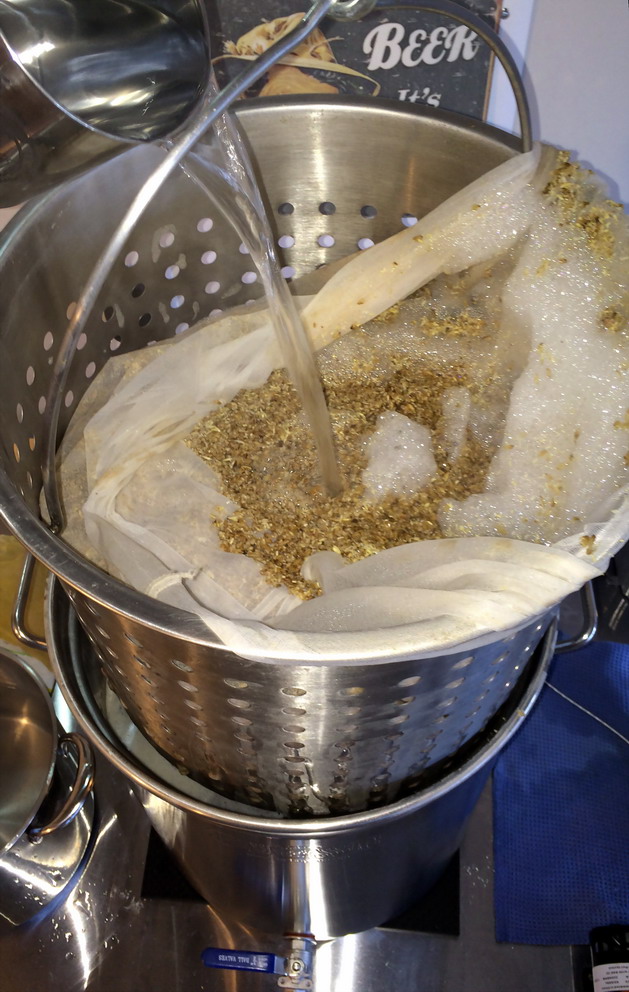wilserbrewer
BIAB Expert Tailor
Also kinda funny how only a few short years ago full volume mashing was not popular at all. Why would one intentionally and predictably accept a lower efficiency? It just made no sense at the time to so many, now it seems fully acceptable and rather popular...."so it goes."








![Craft A Brew - Safale BE-256 Yeast - Fermentis - Belgian Ale Dry Yeast - For Belgian & Strong Ales - Ingredients for Home Brewing - Beer Making Supplies - [3 Pack]](https://m.media-amazon.com/images/I/51bcKEwQmWL._SL500_.jpg)
































